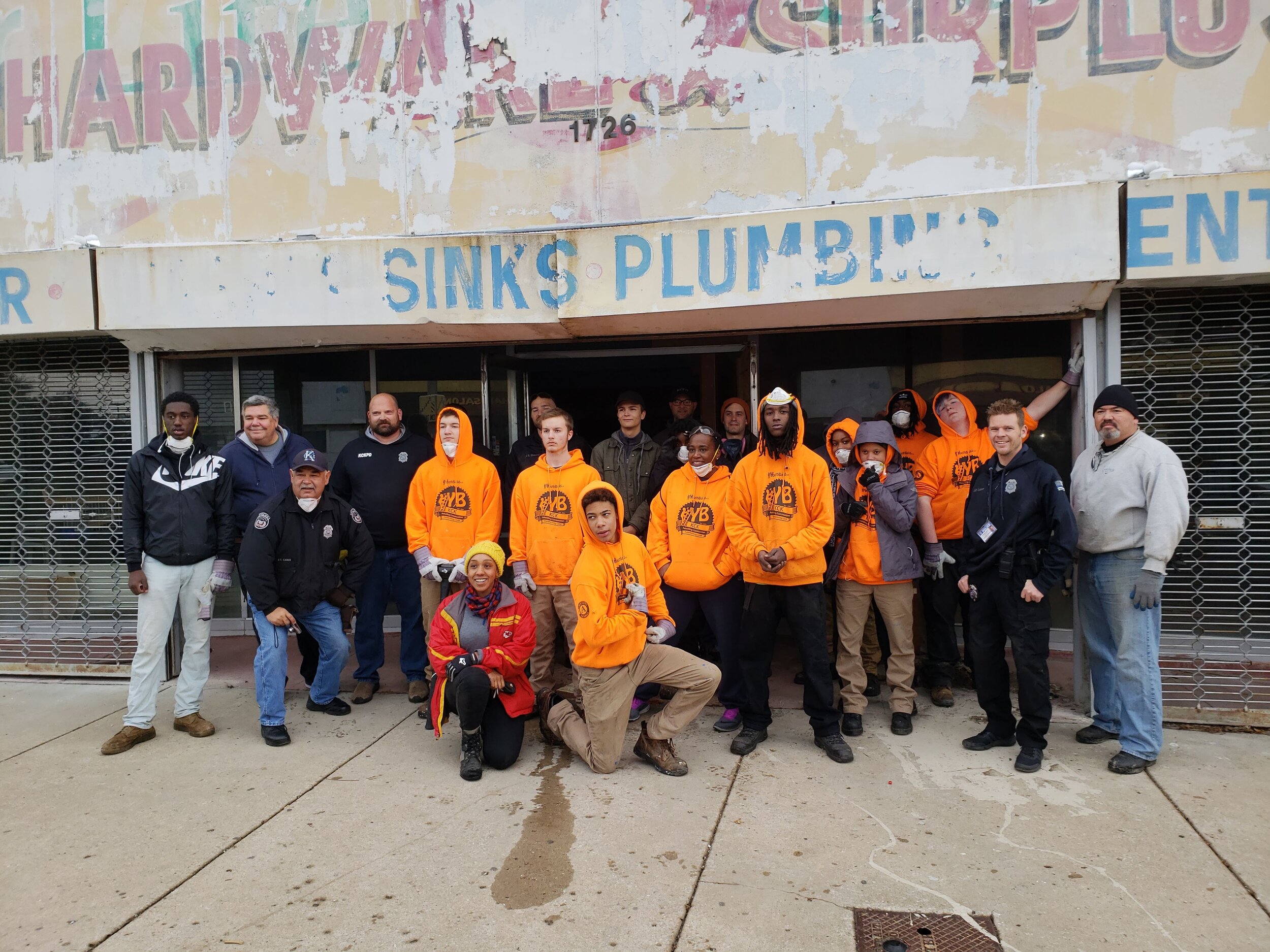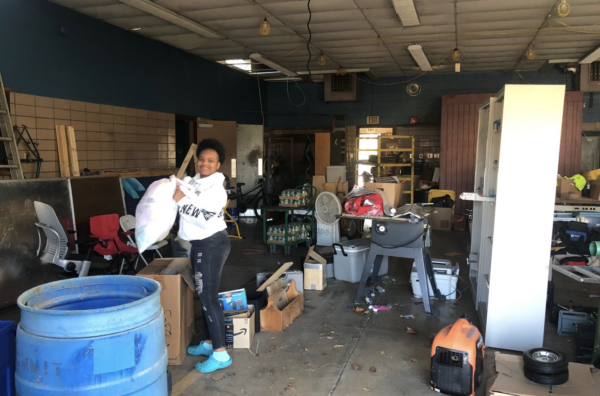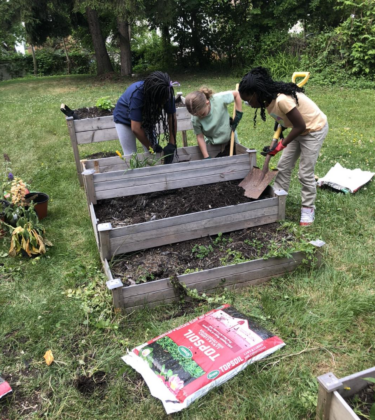How we use and regulate space in our cities directly impacts the physical and social infrastructure, determining the well-being and thriving potential of our communities.
In the United States, land use and reuse practices are often guided by the belief that the value of land is solely based on how much money it can generate. Known as highest and best use (HBU), this concept places economic profit and commercial interests above the well-being of the people who call the area home. Emphasizing profit as the primary measure of land’s best use limits the opportunity to think broadly about community benefit and exacerbates social, health, economic, and climate inequities. It is possible to approach this work in a different way. By reframing highest and best use through a people-centered lens–one that asks, how we can meet the full breadth of social, health, and economic needs of a community – we unlock possibilities to leverage land reuse projects to invest more holistically in the long-term well-being of communities and increase our impact exponentially.
The Groundwork community is at the heart of a growing movement of organizations focused on redefining the meaning of highest and best use. Using a people-centered framework, GW Trusts leverage land transformation projects to undo the legacy of harm and transform neglected and underutilized spaces into community assets, like parks, trails, and urban gardens, that bring multiple benefits and enhance the quality of life for everyone.
Vacant Building Becomes a Community-Owned Food Store
Prior to the Civil War, Quindaro Boulevard in Northeast Kansas City, KS, was a thriving and bustling commercial hub with ties to the Underground Railroad. In the mid to late 1800s, factors like the onset of the Civil War caused families to vacate, leaving behind a ghost town. Decades later, when Black communities began moving in with visions of revitalizing the community, discriminatory practices such as redlining limited investments in restoring the downtown area. Despite the lengthy history of hardships, the community is determined to revive the area again.
As part of the Northeast Area Master Plan (NEAMP) process led by Groundwork Northeast Revitalization Group, community members could select one out of ten redevelopment projects they wished to prioritize for the area. Residents identified many challenges in accessing fresh, nutritious, and affordable food and voted to prioritize the establishment of a community food hub in the Northeast on Quindaro Boulevard.
In response, Groundwork NRG, the Black Firefighters Association (PRIDE), and a coalition of community partners, residents, and business owners are transforming an old vacant grocery store building into a cooperative food hub. This revitalized space will provide residents access to fresh, healthy, and affordable foods while engaging members to participate in decision-making, share resources, and collectively ensure the project’s success. Northeast Grocers is more than just a food hub. It’s a platform for education and connecting community members to local food systems and enables residents to come together, interact, and actively shape the future of Quindaro Boulevard.

Neglected Historic Firehouse Shapes Into a Community Hub
The Northwest Area of Indianapolis, IN, has a high concentration of vacant lots, abandoned homes, and buildings. These overlooked areas often go hand in hand with unsafe sidewalks and parks and limited access to green spaces, hindering opportunities for social interaction and community well-being. Among the many neglected buildings is the Burdsal Fire Station, Indy’s first racially integrated fire station. Vacant for over thirteen years, despite its cultural significance, the space has untapped potential to reconnect the community with its roots and deliver multiple community benefits.
Recognizing the significance of historic preservation and redevelopment, Groundwork Indy is working to restore and revitalize the historic landmark. With input from partners, youth, and other community members, GW Indy has designed the fire station into a space that, when complete, will feature office space for their staff, a public nature trail for exploration, a bike repair shop, an urban garden, and a food pantry to address food insecurity in the area.
The GroundCorps team, corporate volunteers, and the Green Team youth have already transformed the area by clearing dumpsters of trash, removing invasive honeysuckles, installing a chicken coop gifted by Indiana University, and adding murals. Once completed, this space will promote connection, exploration, and enjoyment while paying homage to the legacy of the Indianapolis Fire Department (IFD) and the Black firefighters who served the community.

Vacant Lots Transform Into Vibrant Community Gardens
The entire East Side of Buffalo is a designated food desert with just one full-service grocery store in the neighborhood. To address the gap in access to healthy food, residents and community organization have been eyeing the more than 8,000 vacant lots across the neighborhood for their potential as urban gardens and farms that can bring healthy and fresh food options to the area. Unfortunately, despite broad community support for public access to these lots, the reality is that the vacant lots sell at prices that exceed the financial means of the residents that would benefit most from their revitalization.
Groundwork Buffalo has brought this vision to life with funding from a health-based grant to buy and transform two vacant lots on the East Side into flourishing community gardens, providing fresh and nutritious produce. On their growing urban farms, they offer educational programs for residents to learn about sustainable food systems and provide opportunities for youth to participate in cultivating the gardens. This initiative would not be possible without the community’s participation and support in maintaining the gardens and creating an equitable food system for all.

********
In this time of rapid climate change and pressing environmental challenges, people-centered land redevelopment emerges as a solution that unites communities and paves the way for a sustainable and resilient future. By transforming vacant buildings and lots into spaces that prioritize the needs and well-being of people, we witness the emergence of multiple community benefits, stronger connections, revitalized economies, and climate resilience.
These innovative initiatives demonstrate that when people come together to prioritize community voices and needs, remarkable transformations can occur, ushering in a future where the value of land is measured by its positive impact on individuals’ lives and the collective well-being of communities.
